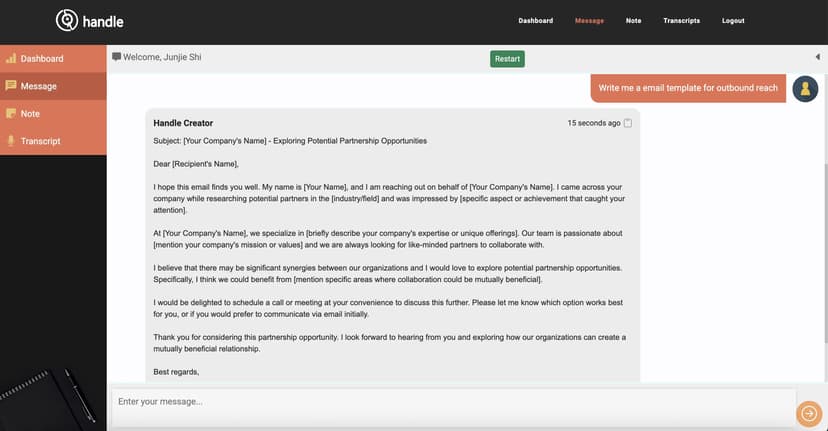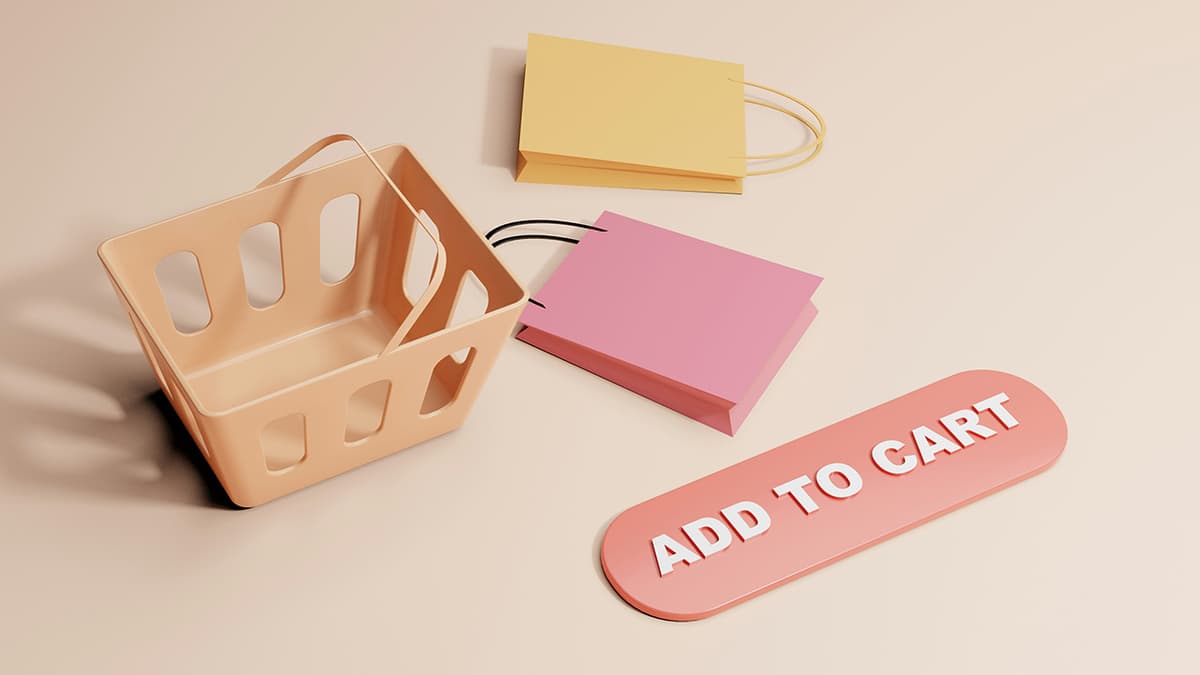Crafting Your Winning Resume
Creating a standout resume can be challenging but achievable. A resume represents your professional story and should engage potential employers effectively. Here's a guide to help your resume shine.
Start with the Basics
Your resume must cover the essentials. At the top, include:
- Your full name (make it prominent)
- Phone number
- Professional email address
- LinkedIn profile (optional but recommended)
- Personal website or online portfolio (if applicable)
This information helps employers contact you for interviews.
Choose the Right Resume Format
There are three popular resume formats:
-
Chronological: Ideal for those with a steady work history. Jobs are listed in reverse chronological order.
-
Functional: Best for individuals with gaps in employment or those changing careers. Focuses on skills and experiences.
-
Combination: Merges chronological and functional formats, detailing skills followed by work history.
Select the format that best highlights your strengths and aligns with the job you want.
Headline and Summary
Include a catchy headline that reflects your professional identity. For example, "Experienced Marketing Professional" or "Graphic Designer Specializing in Brand Development."
Craft a brief summary underneath. This should highlight your key achievements, skills, and career goals in four to six lines.
List Your Skills
Create a skills section that includes:
- Hard skills (software proficiency, languages)
- Soft skills (problem-solving, communication)
Tailor this list to align with the job description, making it easy for hiring managers to see your qualifications.
Professional Experience
Here’s how to present your work experience:
- Start with your current or most recent job and work backward.
- Include job title, company name, and dates of employment.
- Use bullet points to outline responsibilities and achievements. Start each point with a strong verb.
- Quantify achievements when possible (e.g., increased sales by 30%).
Focus on relevant experiences that match the job you’re applying for.
Education
In the education section, list your degrees, institutions, and graduation years. If you're a recent graduate, you can include significant projects, honors, or relevant coursework.
Additional Sections
Consider adding extra sections based on your background and the job:
- Certifications
- Awards
- Publications
- Conferences
- Volunteer work
These sections can add depth to your resume.
Final Touches
Now, polish your resume:
- Proofread: Correct any typos or grammatical errors.
- Keep it concise: Aim for one page, or two pages maximum if you have extensive experience.
- Use a professional font: Choose Arial, Times New Roman, or Calibri at a size between 10 and 12 points.
Save your resume as a PDF to preserve formatting across computers.
Your resume is now ready for potential employers. Consider it a map to your professional journey. Show them not just your past, but your potential for their success.
Happy job hunting!












